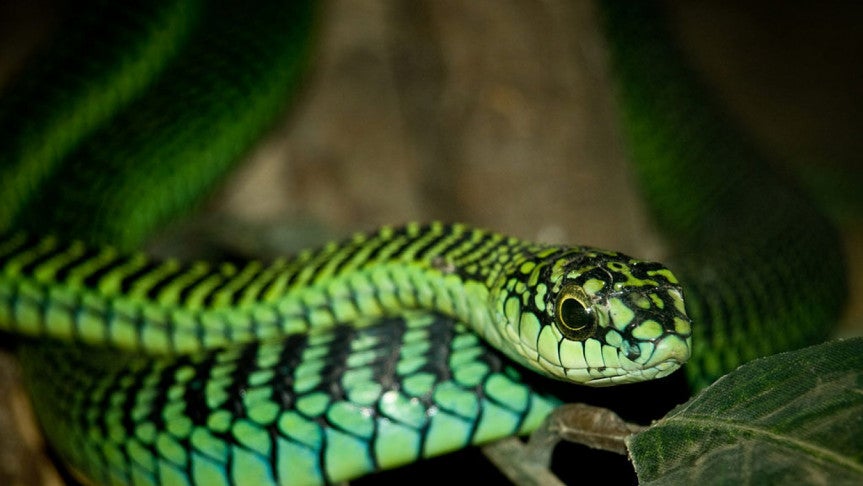What it feels like to die of a snake bite

Dhaka: It is found that somewhere between one and five million people are bitten by snakes every year around the world, with around one out five of them resulting in death.
The number, however, has shrunk to a great extent than it once was as several decades ago, antivenoms for deadly snakes were few and far between. So, people frequently succumbed to snake bites. One such victim was American herpetologist Karl P. Schmidt, reported Discover Magazine.
‘Schmidt worked for the American Museum of Natural History in New York and the Field Museum in Chicago during his scientific career.’
‘He was president of the American Society of Ichthyologists and Herpetologists from 1942 to 1946.
‘He had handled countless deadly snakes. But in 1957, he made the mistake of underestimating a juvenile boomslang that Marlin Perkins, then the director of the Lincoln Park Zoo, had sent him for identification. He didn’t believe the snake could inject a lethal dose, so he didn’t seek medical treatment until it was too late.’
‘Boomslangs are one of few deadly members of the snake family Colubridae, often referred to as the rear-fanged snakes for their uniquely-positioned dentition.’
Interestingly, Schmidt documented the last 15 hours of his life in his diary, which NPR’s Science Friday has made into a harrowing video.
If Schmidt had rushed to the hospital, it was possible that medical intervention could have saved his life. So, his pride and belief that the small snake simply couldn’t kill him may have contributed to his death.
But without boomslang antivenom — which, at the time, was only available in Africa — doctors would have been fighting an uphill battle from the get go.
Nowadays, zoos and other facilities which keep venomous snakes always have a stock of antivenom at the ready, just in case.

 NTV Online
NTV Online




